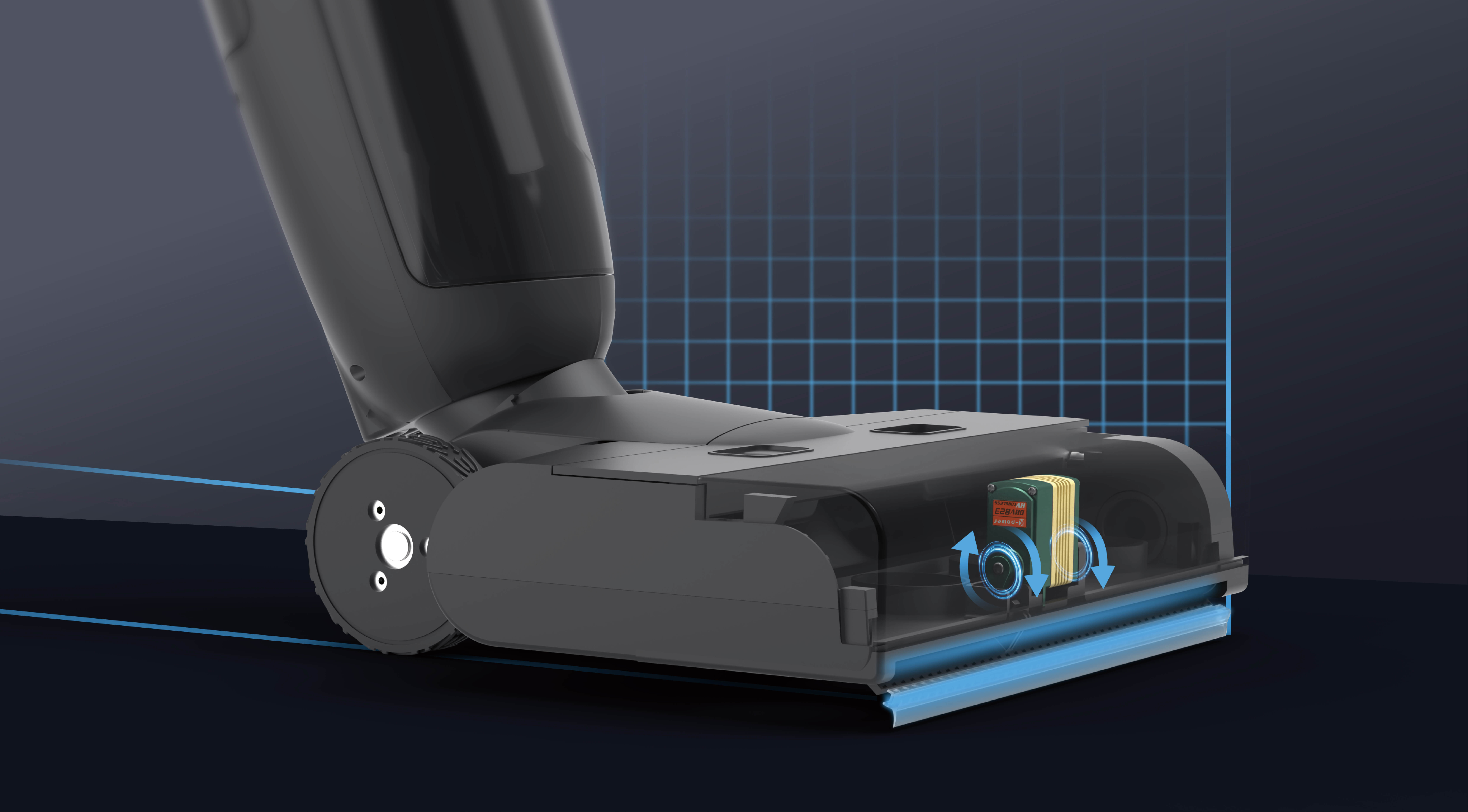Imagine you’re sitting in a coffee shop, scrolling through a tech forum, and suddenly someone drops a question: “What exactly are microservices in Java?” The thing is, understanding microservices isn’t just about knowing a buzzword; it’s about grasping a way to make complex software more manageable, flexible, and scalable.

So, let’s talk about it plainly. Java’s been around forever, right? It’s like that reliable friend who sticks with you no matter what. Now, microservices are a way to break bigger applications into small, independent pieces. Think of it like slicing a gigantic pizza into slices—each slice can be customized, heated differently, or even eaten separately without ruining the whole thing.
But why do developers flock toward microservices? Well, imagine you're running an e-commerce platform. Instead of one monolithic app trying to handle orders, payments, user profiles, and reviews all in one giant block, you split them into separate microservices. Each becomes its own little universe. That way, updating the payments system won’t mean tearing apart the reviews or user profile modules. It’s a smarter way to work, especially when your platform scales up.
Now, integrating this with Java, the language offers a heap of tools and frameworks—Spring Boot, for example—that make building microservices smoother than ever. These frameworks are like your toolkit: containers, REST APIs, service discovery—all of that helps when you want those microservices to talk to each other smoothly.
Here’s a question that pops up: “Can I build microservices with just Java?” Of course. Java's versatility allows you to craft microservices from scratch or leverage existing libraries, making deployment straightforward. Plus, the huge community means support is just a forum away.
And what about challenges? No tech is perfect. Managing data consistency across microservices can get tricky, especially when they’re all talking at once. But if you design carefully—think event-driven communication, message queues—you can keep things running smoothly.
You might wonder, “Is this approach right for my project?” Well, that depends. If you’re dealing with a system that needs to grow, adapt, or split responsibilities often, microservices in Java could be a game-changer. They’re not just a trendy term; they’re a practical solution for a rapidly evolving tech landscape.
At the end of the day, it’s about making software smarter, more agile. Java and microservices together? That combo keeps your apps lightweight, resilient, and ready for tomorrow’s challenges. No matter how complex your needs, the microservice approach offers a way to stay flexible. It’s like having a box of LEGO pieces—you can build, rebuild, and expand without starting from scratch each time.
So, if you’re looking to evolve your architecture, think of microservices as a means to break free from the monolith and embrace a modular, scalable future. Java’s got everything you need to turn that idea into reality.
Established in 2005, Kpower has been dedicated to a professional compact motion unit manufacturer, headquartered in Dongguan, Guangdong Province, China. Leveraging innovations in modular drive technology, Kpower integrates high-performance motors, precision reducers, and multi-protocol control systems to provide efficient and customized smart drive system solutions. Kpower has delivered professional drive system solutions to over 500 enterprise clients globally with products covering various fields such as Smart Home Systems, Automatic Electronics, Robotics, Precision Agriculture, Drones, and Industrial Automation.




































